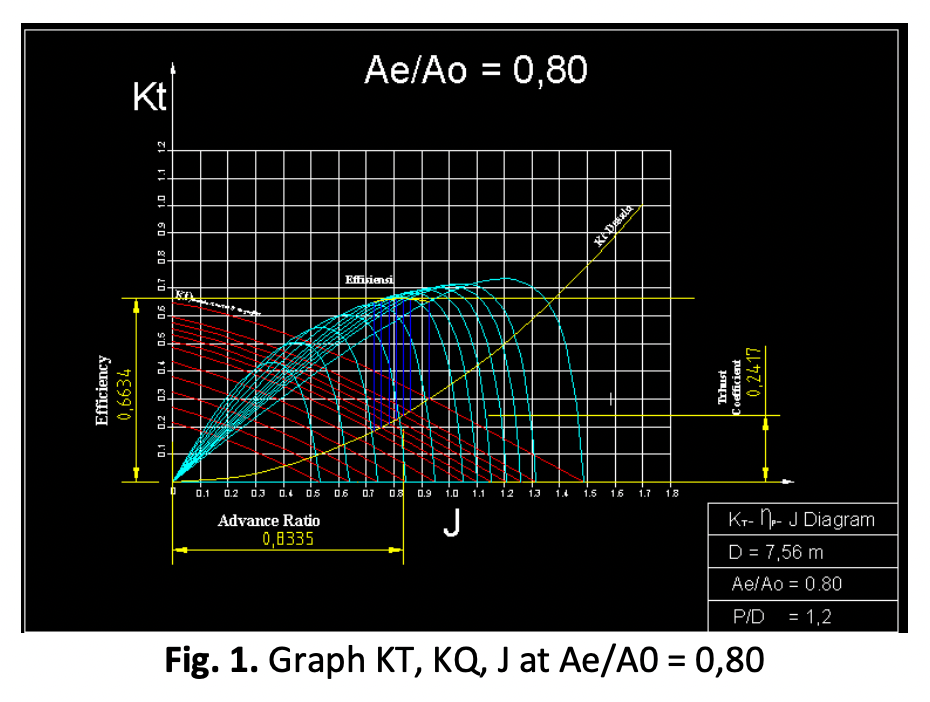Variations Rake Angle Propeller B – Series Towards Performance and Cavitation with CFD Method
DOI:
https://doi.org/10.37934/arfmts.106.2.7886Keywords:
Rake angle, B-Series propeller, cavitation, Computational Fluid Dynamics (CFD)Abstract
Fuel consumption is most widely used in ship propulsion system, therefore, in ship propulsion system must be considered and designed as efficiently as possible. Propeller is one of the mechanical components on a ship, which can run ships from one place to another. The most important thing in a propeller is the mechanical properties or strength of the propeller in accepting the load to be able to run the ship. Another factor that affects mechanical propeller properties is the propeller design itself. In propeller design, one thing that can be considered is the rake angle of propeller. The rake angle is the slope angle between the propeller blade and the propeller center. The rake angle on the propeller is used to increase the amount of mass water used to produce thrust that needed by ship. Reducing the rake angle can increase the efficiency of the B-Series propeller slightly. Previous research has analyzed the effect of variations in rake angle to determine the relationship between thrust and fluid flow in the B-series propeller, but for the cavitation that occurs in the propeller has not been analyzed. In this research, variations ware made from the B-Series propeller rake angle to obtain propeller thrust and cavitation values. The analysis carried out in this study is to use the CFD (Computational Fluid Dynamic) method and the results obtained from the simulation with greatest thrust and efficiency, that is in the 5º rake angle variations of 2310,273 KN and 70% efficiency, while the smallest thrust value is variation of rake angle 25º for 1110,933 KN. Then for the largest cavitation level in the variation of the 25º rake angle and the smallest at the 15º original rake angle.
Downloads
































